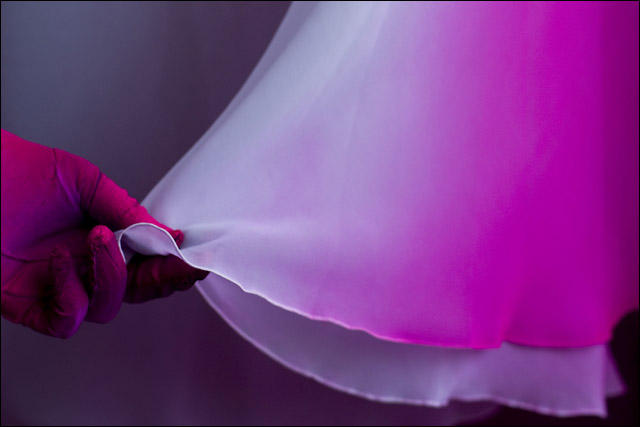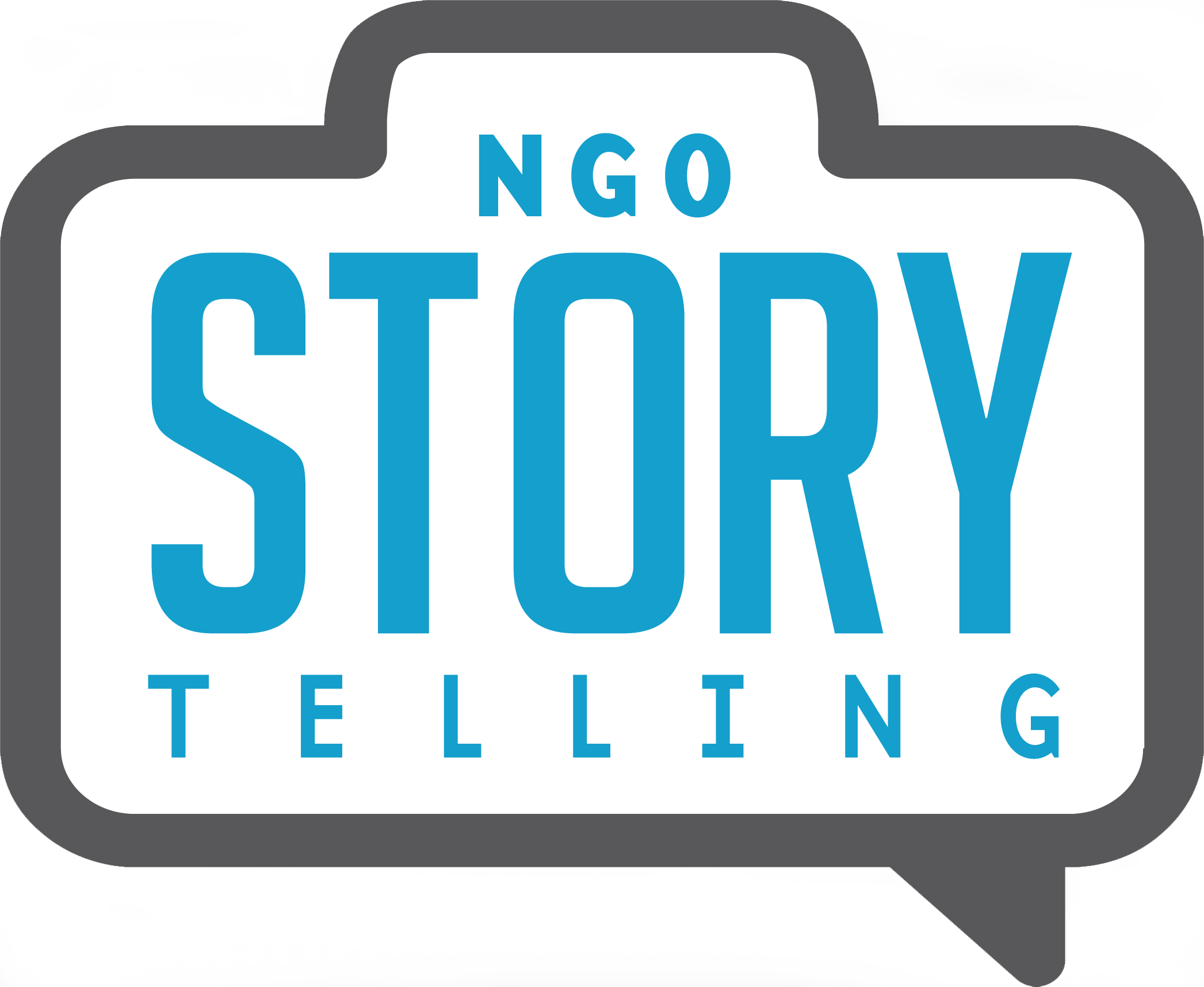Can I Use This Picture?
 (This blog entry is also posted on the "Wait... What?" blog by Linda Raftree.)
(This blog entry is also posted on the "Wait... What?" blog by Linda Raftree.)
One of the most common questions I get asked at work is, "Can I use this picture?"
Oh, there are so many answers -- and we talked about most of them at our latest Humanitarian Photography Group meeting this past Tuesday. Jim Stipe of Catholic Relief Services, Ann Hendrix-Jenkins of CORE Group and I organized the meeting. I led it, starting off with a talk on figuring out whether a photograph is yours or not. Sounds easy, right?
Well, if someone on your staff shot the picture then yes, the answer is fairly easy: you can use it. But should you use it? (More on that later.) If your organization hired a freelancer to shoot pictures for you, then yes, you can use the pictures but possibly with restrictions. It depends on the type of contract between you and the photographer. The main point here is that the photographer usually still retains copyright to the picture and your organization is licensing the pictures. If this all sounds complicated and legalistic, don't worry; we'll be delving into copyright, contracts and licensing in a future meeting. Finally, if you don't know who shot the photograph, where it came from or who owns the copyright, it's best not to use the picture.
Next I talked a bit about Creative Commons licenses, which photographers use when they want to let the public publish their pictures without paying a licensing fee. CC-licensed photos abound on Flickr, a frequent source of pictures for nonprofit organizations. Just be sure the picture editor at your organization (or the person in this role) understands all the CC licenses and when a picture is fully copyrighted, all rights reserved. When I was a freelance photographer, an NGO once published my copyrighted photographs from Flickr without my permission. I found the copyright violation and sent the organization a stern letter and invoice for the pictures. The organization paid up. They never apologized, though. The organization had tasked their intern with finding pictures. It turns out he didn't understand copyright.
Finally, I talked about content and technical criteria for publishing pictures, showing about 20 "bad" photos that Jim and I found. There are many reasons photographs shouldn't see the light of day but I think the best way to summarize the photo usage criteria listed below is, "Do unto others as you would have them do unto you." That portrait of a woman with a strange expression on her face? Just don't publish it. That out-of-focus photograph of 10 bored-looking people sitting in a meeting? You don't have to use it. (Later, Jim offered to share his guidelines for taking interesting meeting pictures.) As Jim often says, "It's better not to use a photograph than to use a bad photograph."
- Dignity - No emaciated children, flies in eyes, violence or stereotypical images.
- Safety - Could the picture put the photo subjects in danger, even if they agreed to be photographed?
- Context - No pretending photos of one thing are of something else. Sometimes photos published as a collection make sense together but one photo on its own from the collection doesn't make sense.
- Caption - Who's in the picture? Where was it taken? Why is this picture important? Even if you can't publish this information because of safety concerns, it's important to have the information for your internal records.
- Credit - Who shot the picture? It's just like attributing a quote.
- Third effect - Two pictures paired together can take on a new meaning.
- Focus - Is the picture sharp or blurry?
- Framing - Is the photo framed well?
- Exposure - Is the picture properly exposed?
- Color - Does it look natural?
People had great comments and questions at the end. (By the way, Jim did a nice job tweeting the meeting at #NGOphoto.) A woman named Aubrey said her organization works on a lot of construction projects, roads, latrines, etc. They often shoot before and after photographs to show the impact of their projects. Another person asked about setting up or staging shots. Some people wanted to know more about contracts and how to work with country programs to set up photo shoots. These are all meaty topics. I can't wait to get into them more in future meetings. We're taking a break for the summer but we'll meet again in September, so get in touch if you'd like to join us.
